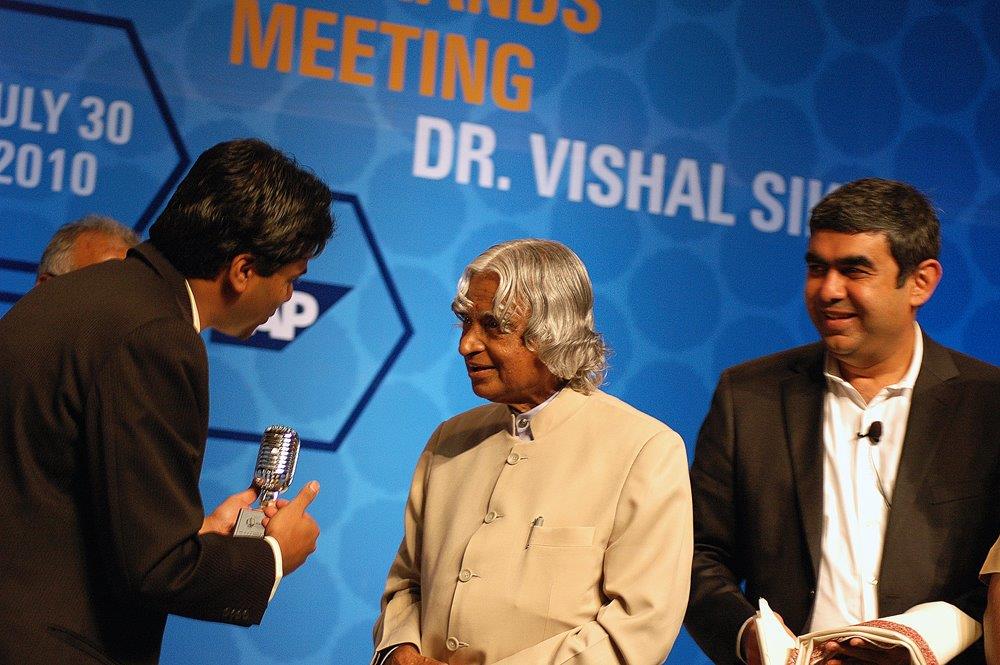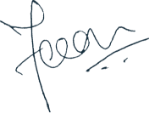How SAP Labs India Became An Innovation Dynamo

In April 2010, V.R. Ferose became the managing director of SAP Labs India, one of fifteen global R&D centers of the German software giant SAP. At 35 years old, Ferose was the youngest-ever managing director of a global multinational firm in India — overseeing a staff of 4,000.
SAP’s senior management asked Ferose to shore up employee morale at SAP Labs India, where the attrition rate had reached a painful 19% in 2009. Ferose’s mandate was to reduce employee turnover to below 10% by 2012.
Rather than rushing into action, Ferose took time to identify the root cause of employee dissatisfaction by listening to and observing employees. He noticed that discontented employees were posting negative comments on the lab’s internal blog about the local management team, which they viewed as unresponsive to their needs. Frustrated employees were complaining about the lack of amenities — such as child care facilities — on campus and the stifling bureaucracy which, for instance, made expense reimbursment a time-consuming process.
Ferose realized that SAP Labs India had to engage its young employees — whose average age was merely 29 — differently. He believed that it is not the CEO’s job to find ways to make his or her employees happier. Employees already know what will make them happy. According to Ferose, the CEO’s job is to give employees the freedom to test and deploy their own solutions that will in turn make them happier at work.
This belief led Ferose to overhaul SAP Labs India’s hierarchical, ‘top-heavy’ corporate culture, allowing bottom-up creativity and innovation to blossom. In particular, Ferose empowered his 4,000 employees to experiment with bold new ideas during their work time. He requested that their managers free up time for their staff members to work on solving the very problems they were complaining about. He believed such a move would not only directly and positively impact SAP’s core business, but also improve employees’ level of engagement, working conditions and morale.
Ferose also encouraged his 4,000 plus employees — primarily engineers — to expose themselves to new environments and situations that would challenge their existing perspectives, unleash their innate ingenuity, and accelerate their learning. He believed that the most disruptive innovations don’t occur inside a single domain, but at the intersection of multiple diverse domains (such as the arts and the sciences).
In one instance, when a group of employees expressed an interest in brushing up on their communication skills, Ferose didn’t enroll them in structured training programs delivered in a formal classroom. Rather, he sent these employees to a theater located near the campus of SAP Labs India where they learned to extemporize and become better communicators by performing in live shows that they put on. To further broaden his employees’ worldview, Ferose launched a monthly lecture series that introduced employees to the unique perspectives of well-known personalities in the arts, culture, sports, and politics.
Motivated by Ferose’s participative leadership style, many self-organized teams at SAP Labs India have since tested and implemented dozens of innovative solutions to boost productivity. For instance, one small team has piloted and rolled out a system to expedite expense reimbursement: today, if an employee at SAP Labs India files an expense claim, he or she will get reimbursed within 24 hours. Another team of employees designed and deployed a daycare for working mothers. Most of these projects were initiated and executed within one week by utilizing existing resources — thus requiring limited additional budget. During Ferose’s first twelve months as head of SAP Labs India, empowered employees successfully implemented a total of fifty-two new morale-boosting projects.
Ferose was also keen to infuse into his organization the mindset and principles of jugaad — a cost-effective and flexible approach to creating affordable solutions using limited resources. To that effect, he set up AppHaus — an open space within the SAP Labs India campus where designers, engineers, and marketers work collaboratively and intensively on new products — compressing the whole concept-to-market cycle to 90 days (versus the 2 years it would typically take SAP to develop a new product using the linear and structured software development processes). By leveraging rapid prototyping and continuous customer feedback, the cross-functional teams that operate in the AppHaus are able to innovate faster, better, and cheaper — managing each project as if they were running a startup. To date, the AppHaus has successfully designed — or redesigned — and launched several software products in global markets — including SAP Collections Insight, a software suite that enables frontline employees such as sales reps to make informed decisions rapidly. AppHaus truly embodies SAP’s frugal innovation philosophy.
In addition to serving the company’s commercial needs, SAP Labs India is using AppHaus to serve a larger purpose by creating socially relevant applications. For instance, a small 10-member team worked in the AppHaus using limited resources to quickly develop a social networking site calledCharitra (short for Charity Transformation), a first-of-its-kind portal for driving positive social impact. The web site connects people with needs (NGOs or volunteers driving a social cause) to people who can give (volunteers who can donate their time, skill, or resources).
Ferose has helped SAP Labs India reap big rewards by encouraging frugal and flexible grassroots experimentation of novel ideas: within two years of taking over, attrition dropped from 19% in 2009 to 10% in 2011, to 7% in 2012. The India lab now ranks #1 in employee satisfaction within SAP’s global network of 15 R&D labs. In the annual ranking of best employers in India, SAP Labs India has risen to the #4 position in a very short time. SAP HQ has taken note, and is now shifting more strategic R&D projects and even global product ownership to SAP Labs India — an acknowledgment of the lab’s ability to innovate faster, better, and cost-effectively for local and global markets.
Ferose stands out among global corporate leaders: he didn’t graduate from a prestigious university nor does he have a MBA. However, empathy and a high emotional quotient (EQ) enabled him to provide the wise leadership that amplifies and leverages other people’s intelligence to drive innovation and revenue growth while also serving the greater good.
Ferose was recently promoted to become the head of SAP’s Globalization Services organization.
This post is adapted from the book Jugaad Innovation: A Frugal And Flexible Approach To Innovation For The 21st Century (Random House India, 2012).

